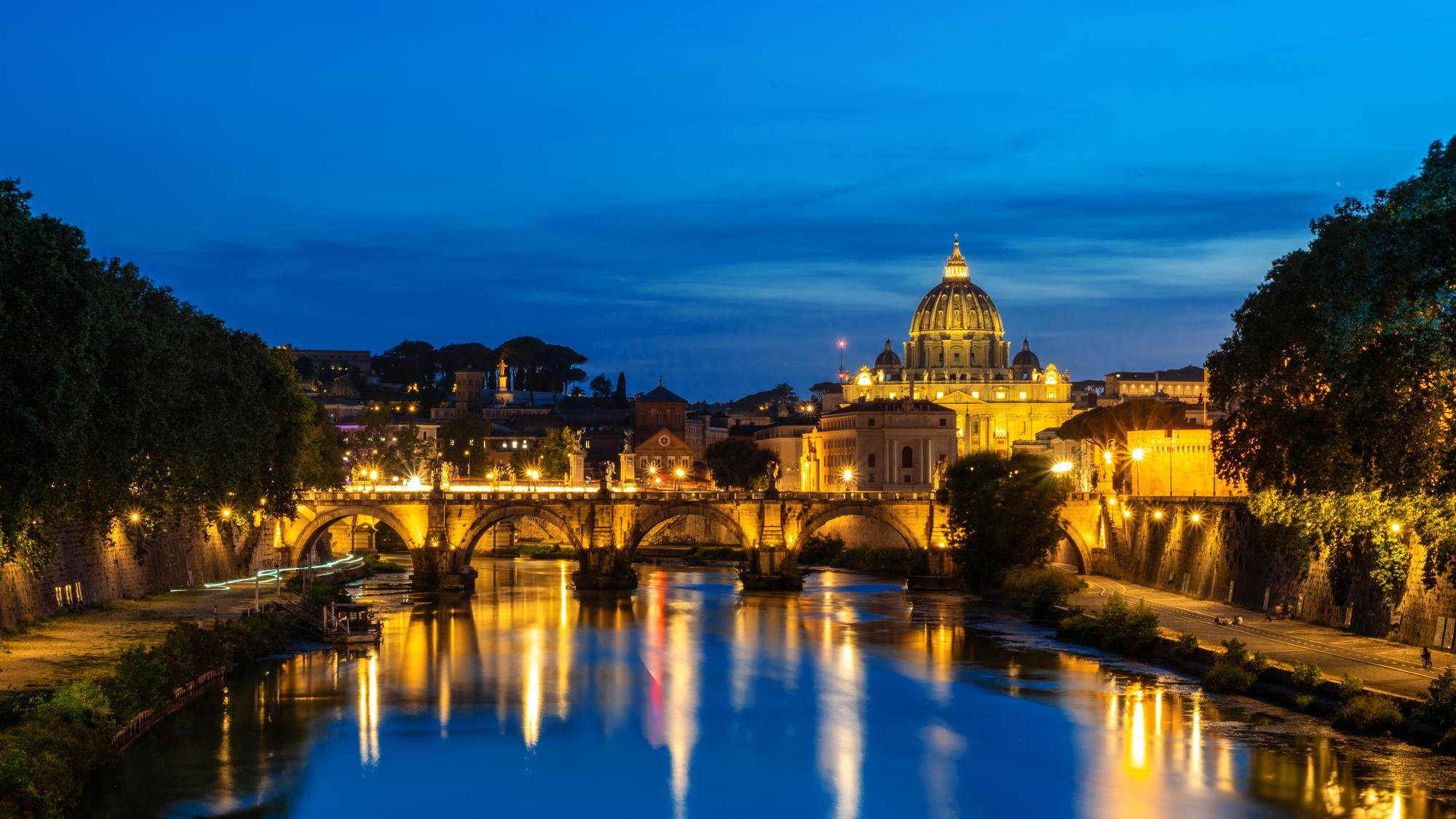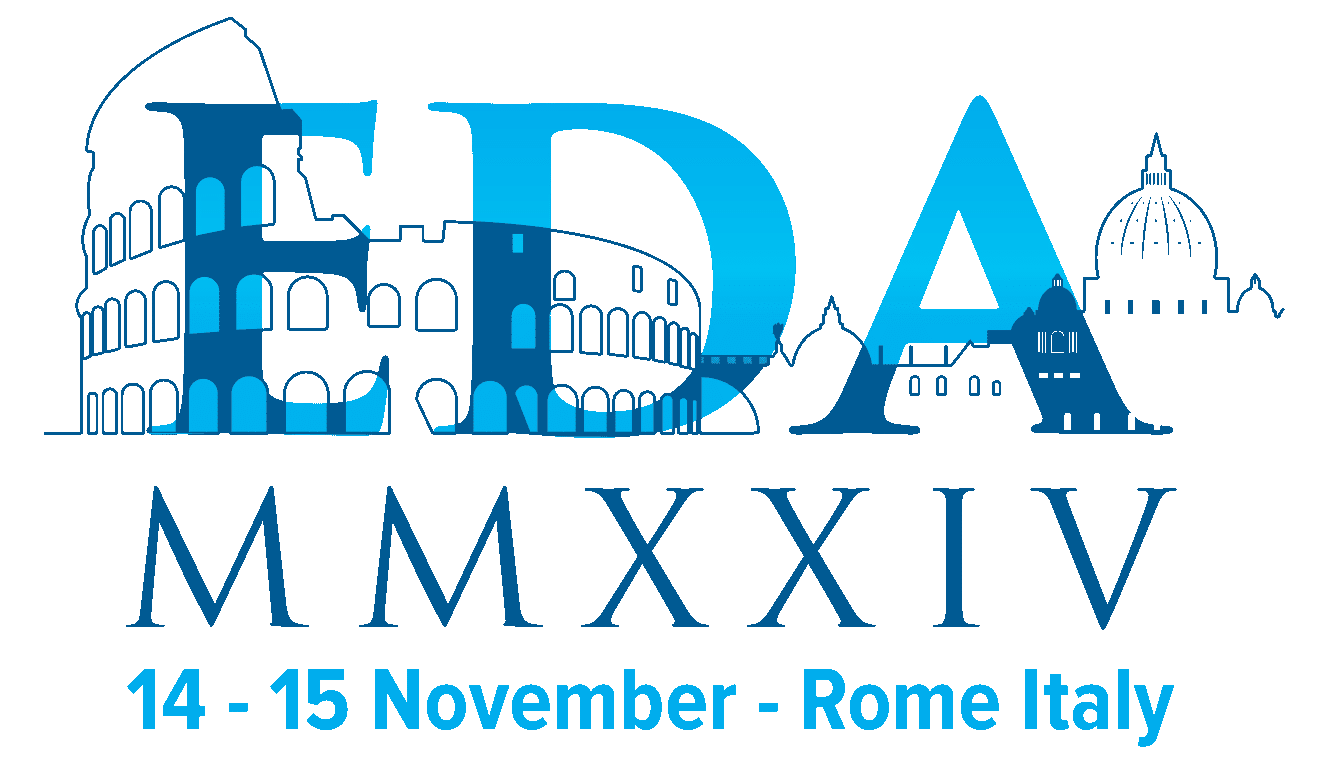ROMA, THE GREAT BEAUTY
“Roma è la capitale del mondo! In questo luogo si riallaccia l’intera storia del mondo, e io conto di essere nato una seconda volta, d’essere davvero risorto, il giorno in cui ho messo piede a Roma. Le sue bellezze mi hanno sollevato poco a poco fino alla loro altezza”.
Johann Wolfgang von Goethe
Welcome to Rome!
Over the centuries, the magic of Rome has been masterly told by poets and writers and wonderfully depicted in the works of great artists. Eternal and mysterious.
The seven hills and the birth of Rome (753 BC)
Legend has it that the birth of Rome is due to Romolo and Remo, the twin sons of Rea Silvia and the god Mars, abandoned and nursed by a She-wolf and finally adopted by the shepherd Faustolo and Acca Larentia, his wife. Once they grew up, the twins decided to found a city: to determine who should govern, they entrusted themselves to the will of the gods through the flight of augural birds. From the Collina dell’Aventino, Remo saw six vultures, while Romolo, from the Palatino, sighted twelve, becoming the first King of Rome in 753 BC.
From the Collina del Palatino, the city would extend over the seven hills we all know: Palatino, Aventino, Campidoglio, Quirinale, Viminale, Esquilino and Celio.
The blond Tevere
This is how the river god was called in the poems of ancient Rome, a god to whom respect and love were owed. But the Tevere was above all a real road over water with large ports developed since Roman times, definitively demolished in the second half of the 19th century with the construction of the docks to free the city from continuous floods.
Today, direct contact with the river has been lost. However, love, respect, and the awareness of its fundamental role in the birth and development of the city remain. Not to mention the views of incredible beauty it gives us from the many historic bridges, such as Ponte Sisto, Ponte Sant’Angelo, or Ponte Fabricio.
The cultural and historical heritage of Rome
The imposing monuments, the hundreds of churches, and the spectacular fountains of Rome outline its incredible profile and make it the city with the highest concentration of historical, archeological, and architectural heritage in the world, with over 16% of the world’s cultural heritage and the 70% of the Italian ones.
Its historic center, delimited by the perimeter of the Aurelian Walls, is an overlapping of almost three millennia testimonies. In 1980, Rome was included in the list of UNESCO World Heritage Sites, along with the Basilica of San Paolo outside the Walls and the extraterritorial properties of the Vatican City within the city.
Heart of Catholic Christianity, Rome is the only city in the world to host a foreign state, the enclave of the Vatican City: for this reason, it is often referred to as the “Capital of two States.”
The 5 most visited monuments in Rome
They are unmissable, and you absolutely cannot miss them during your first visit to the Eternal City.
The Colosseum
The Pantheon
The Roman Forum and the Palatine Hill
The Trevi Fountain
Navona Square
But do not forget all the others!
The natural areas of Rome
Rome is one of the greenest cities in Europe, a treasure trove of art dotted with parks and gardens, rich in lush vegetation and embellished with archaeological remains, sculptures, ponds, fountains, and splendid villas. Delightful green spaces, making Rome a city for all seasons: from magnificent blooms in spring to romantic foliage in autumn, from regenerating walks in winter to pleasant relaxation in summer.
In addition to the historic residences of the most prominent noble families such as Villa Borghese, Villa Doria Pamphilj, Villa Ada Savoia, and Villa Torlonia, Rome holds actual green lungs of historical, archaeological, and natural interest, such as the immense Parco dell’Appia Antica. It also has ancient and suggestive panoramic points over the city, such as the Giardino degli Aranci the Pincio, and the Collina del Gianicolo.
For further information please check the website: https://www.turismoroma.it/en
The ways of taste
If you’re visiting Rome, these traditional dishes are an essential part of your stay so make sure you take your tastebuds on a tour of the very best pasta, pastries and porchetta on offer.
- Cacio e pepe – The clue is in the name for one of the city’s most iconic pasta dishes, cacio e pepe: “cacio” is the local word for Pecorino Romano, a salty, aged sheep’s milk cheese, while “pepe” means black pepper.
- Carbonara – The dish is made with spaghetti or rigatoni, guanciale (pork jowl) or pancetta, egg yolk or a whole egg, Pecorino Romano or a combination of Pecorino Romano and Parmigiano-Reggiano, and black pepper. The eggs are gently heated to create a thickened sauce, which should cling to the pasta for a silky and non-scrambled effect.
- Amatriciana – Pasta, guanciale, San Marzano tomatoes, Pecorino Romano, pepper and chilli form the short list of ingredients, but in the right hands, they make a delicious dish.
- Abbacchio – Lambis another great protagonist on the table: breaded and fried ribs, a scottadito (cooked on a hot grill or embers and eaten very hot to burn your fingers), baked with potatoes, or pan baked with olives or lemon.
- Supplì – They are rice croquettes served at takeaways and pizzerias in Rome. The classic version features bits of ground beef, sausage, or chicken gizzards (or a combination of these) cooked with tomato sauce and rice until the mixture becomes thick and creamy. The rice is then set aside to cool, shaped into egg-shaped parcels around a piece of mozzarella, breaded, and deep-fried. The resulting supplì should reveal melted mozzarella when broken open.
- Porchetta – It is a deboned, slow-roasted pig. The precise cuts may vary but often include belly and loin seasoned with salt, pepper, and herbs. Porchetta is pretty ubiquitous and appears at takeaways and delis as a sandwich filling.
- Carciofi/Artichokes – This tasty cardoon is undoubtedly the prince of Roman cuisine. You’ll find Roman-style artichokes (boiled with oil and herbs) on almost every menu. However, “Alla giudia” (Jewish style) is the famous fried preparation very common in the Ghetto, the historic Jewish neighborhood of Rome. Salted, peppered, and fried completely immersed in plenty of boiling oil, it is absolutely delicious!
Enjoy Roma 😊

